Menstrual
Tracking
Apps
ims 228: Gender & Design
mia telerico
overview
The average female will spend roughly 7 years of their lifetime menstruating.
As technology increases, individuals find themselves downloading new and innovative apps each day. Whether it be for grocery shopping, music, or personal health, they all have their own unique uses. For females, there has always been a lack of health-tracking apps, except for when it comes to menstruation. If you find yourself on the app store trying to find the perfect menstrual tracking app, it may be hard. This is especially true for those who don't identify with their assigned sex (female) at birth.
The goal of this project is to not only rebrand/redesign menstrual tracking apps but also spread awareness to those individuals who are not fully considered in the development of products and applications. These apps have been hyper-feminized and use language that is non-inclusive.
Secondary research
My research started with a literature review of three different scholarly articles. The one article we'll look into is a thesis called Leaking the Secret: Women's Attitudes toward Menstruation and Menstrual-Tracker Mobile Apps by Sydney Thompson. This article discusses the attitudes of women concerning menstruation and menstrual-tracking apps. To understand how and why women feel certain emotions about menstruation and apps, the author, Thompson researched the history of menstruation, attitudes, mobile applications, and the male gaze. She found that menstrual-tracking apps, in general, have "...many characteristics reflecting feminine stereotypes and perpetuating menstruation as an embarrassment" (p. 21). Thompson continues to describe the key features of popular menstrual-tracking apps but never mentions one important thing. Are these apps inclusive for all? Yes, she brings up that women find these health-tracking apps embarrassing, but imagine those who want to use them and feel like they can not.
After reviewing the two other articles from my literature review, I found that they weren't targeted toward my main issue. The one thing I needed to do was look into specific apps and understand their color scheme, layout, and wording. By doing this, I would be able to understand and find trends across multiple applications.
A few apps I looked into were Flo, Period Diary Ovulation Tracker, and My Calendar - Period Tracker.
flo
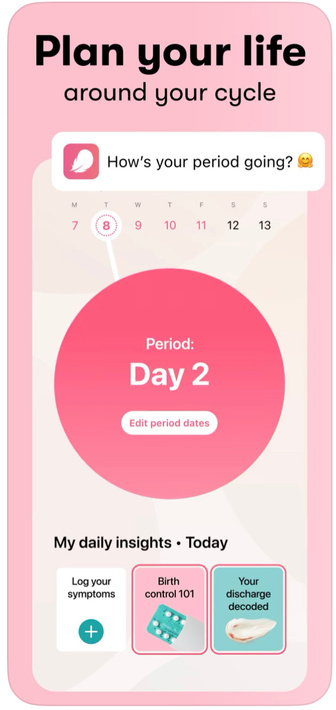
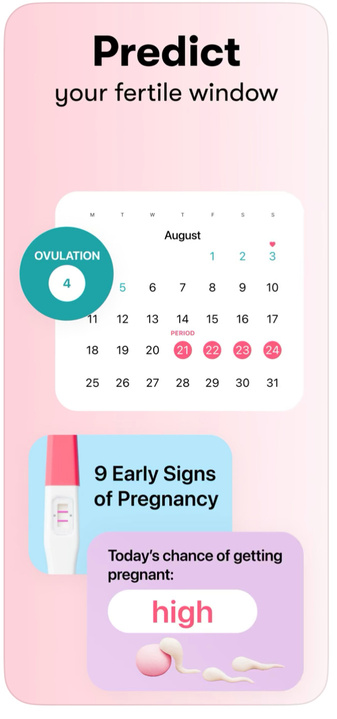
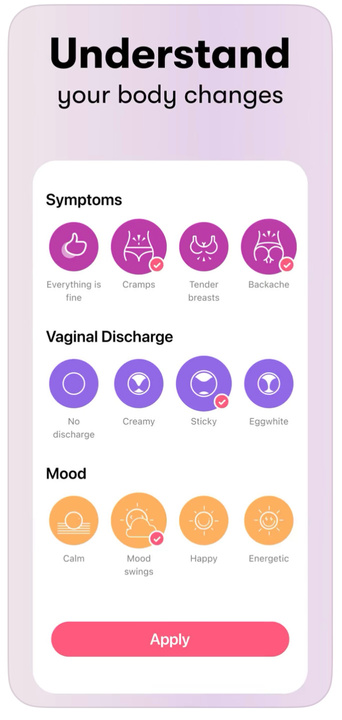
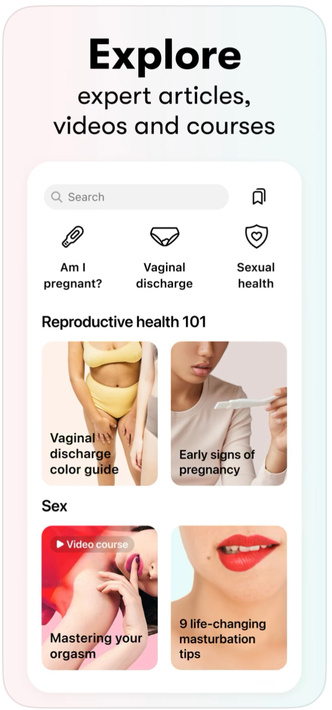
Period diary
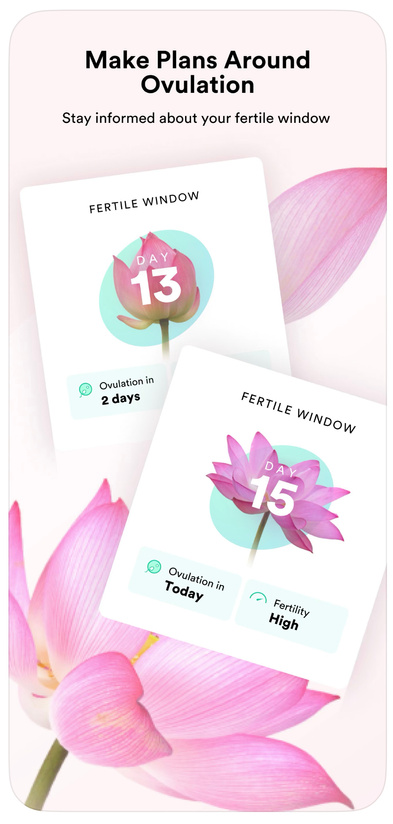
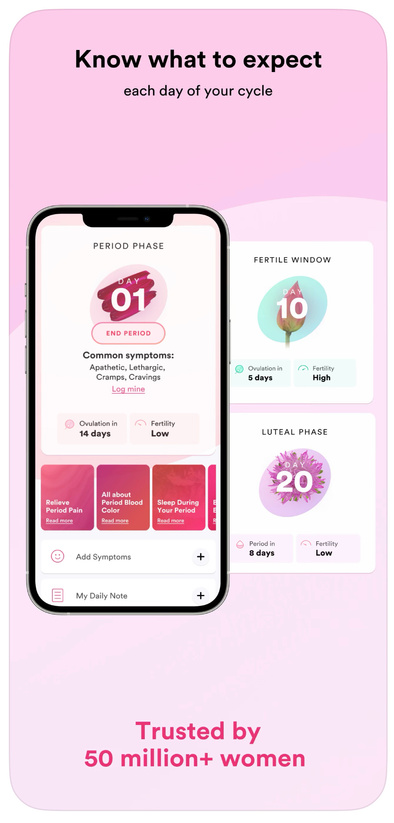
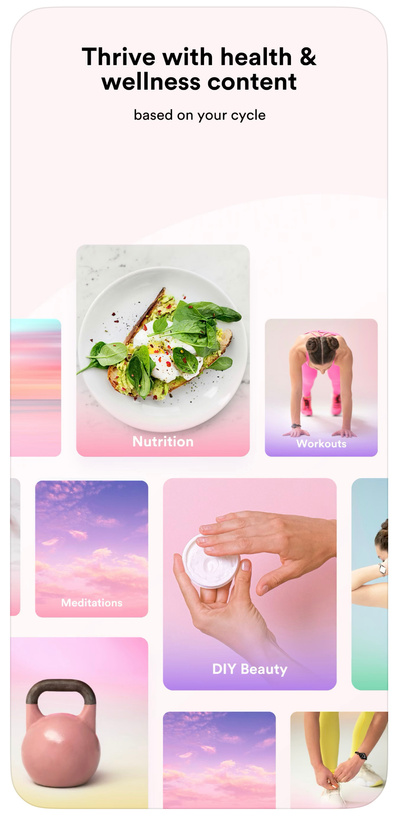
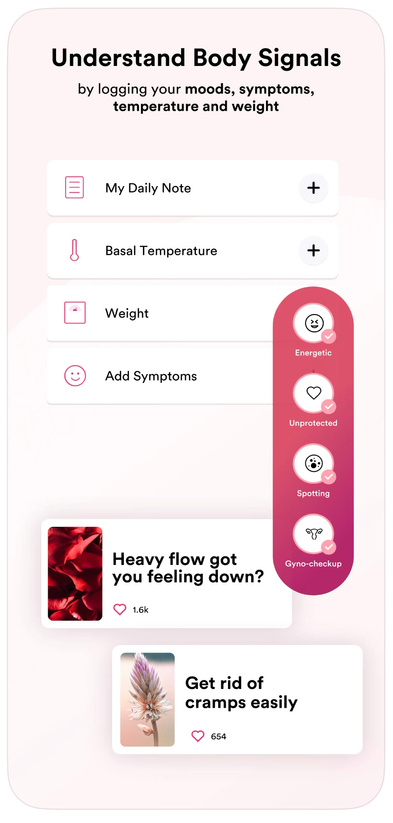
my calendar
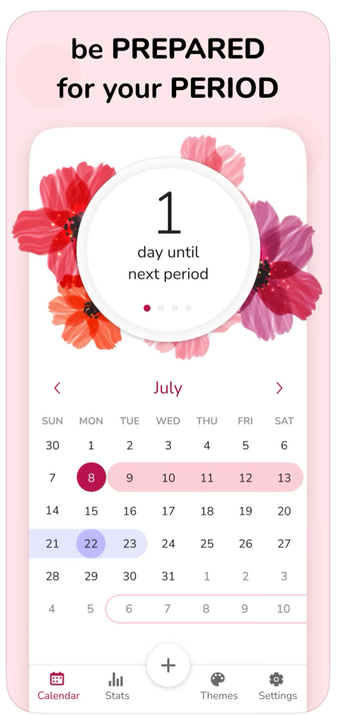
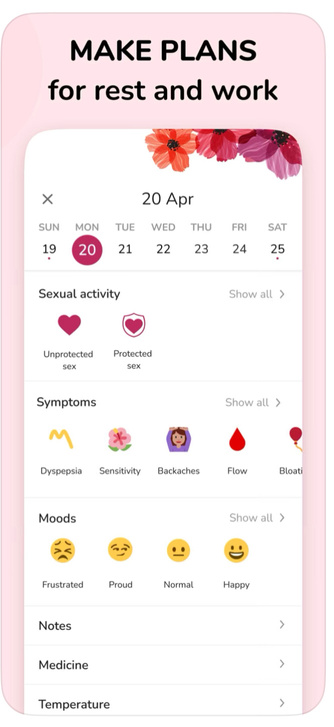
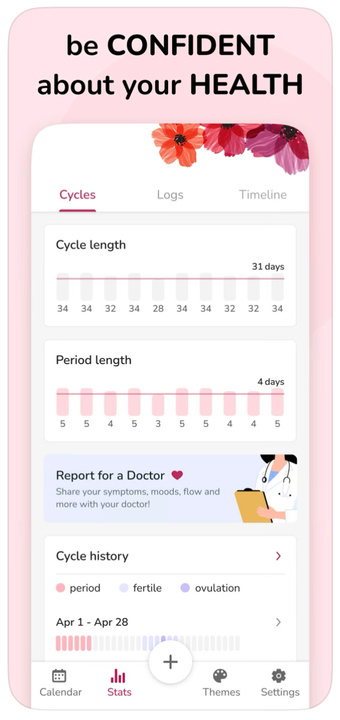
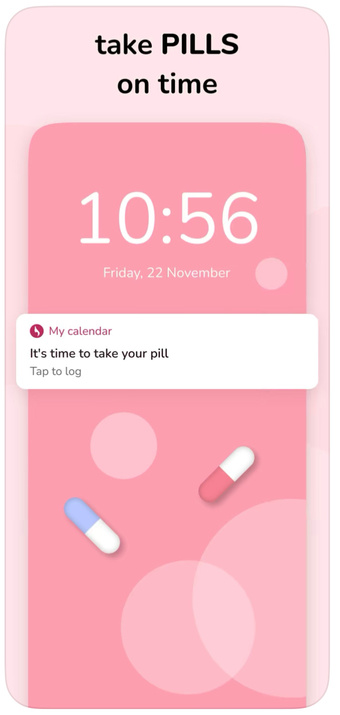
A hyper-feminized world.
primary research
For my interview process, I determined that a minimum of 5 interviews was necessary to get the data I needed. The audience I was attracting was college students aged 18-22 who menstruate. I interviewed 5 individuals: four who identified as female and one who identified as non-binary.
My original thoughts for my primary research were to hold a survey along with interviews, but it didn't seem necessary for what I was ultimately trying to find. I wanted individuals to express that these apps were hyper-feminized without me blatantly sharing my opinion from the start
For each individual, I let them go through the three existing menstrual-tracking apps I focused on: Flo, Period Diary, and My Calendar. I wanted each individual to describe their thoughts, feelings, and emotions when going through the apps. What sticks out? What should be changed? How would you personally change it to your liking? I wanted them to focus less on the usability of the app and more on the design.
After the interviews, I felt like I didn't get the necessary information I needed, but I was wrong. The four interviewees who identified as female all described the apps as inviting, cute, and intriguing, but what about my other interviewee? They felt as if the apps were overdone and stereotypical.
This is what I needed to hear. The four individuals who identified as female didn't seem to care too much about changing the design of the apps, but the individual who is non-binary did. This proved my point immediately. Although the information I gathered wasn't abundant, it still proved the problem I was trying to solve.
Menstrual
Tracking
Redesign
How do we make a menstrual tracking app more inclusive? What do we need to include?
After my primary and secondary research, I was able to understand the downside of menstrual-tracking apps. A majority of the apps that currently exist are flooded with bright pinks, flowers, and stereotypical "girly" things. Although this attracts some, it doesn't attract all. After going through different color palettes, I picked five that could potentially work for a gender-inclusive app. I ultimately decided on the green palette, which is bright but not overpowering.
I reached back out to one of my interviewees (non-binary) and got their feedback on the five color palettes I chose. They found the last color palette to be the most neutral but still eye-catching.
color palette variations
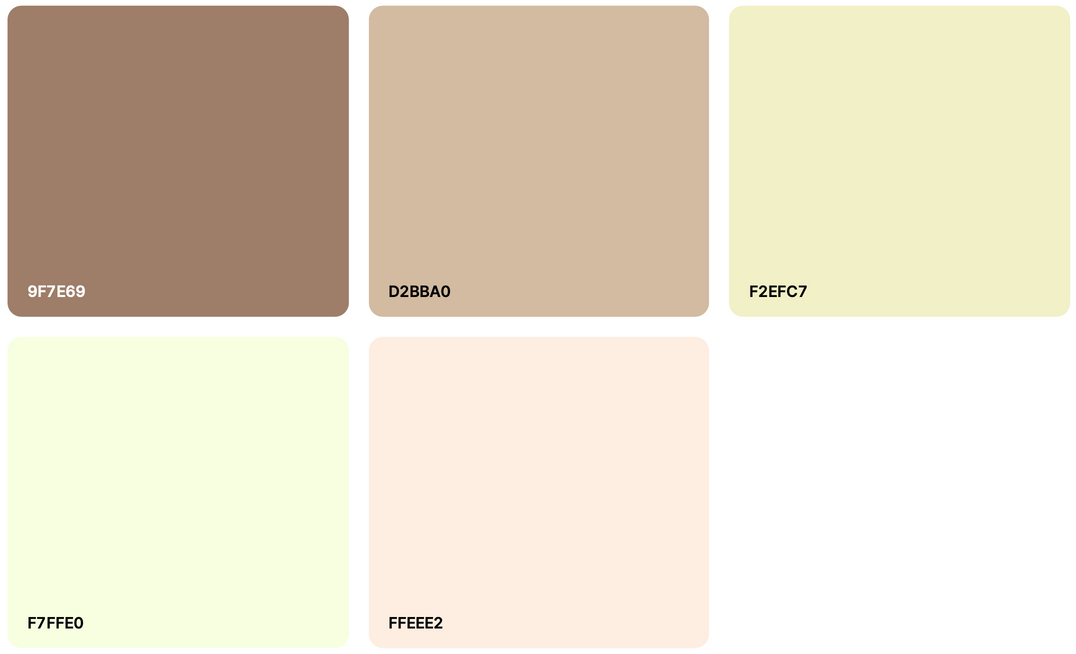
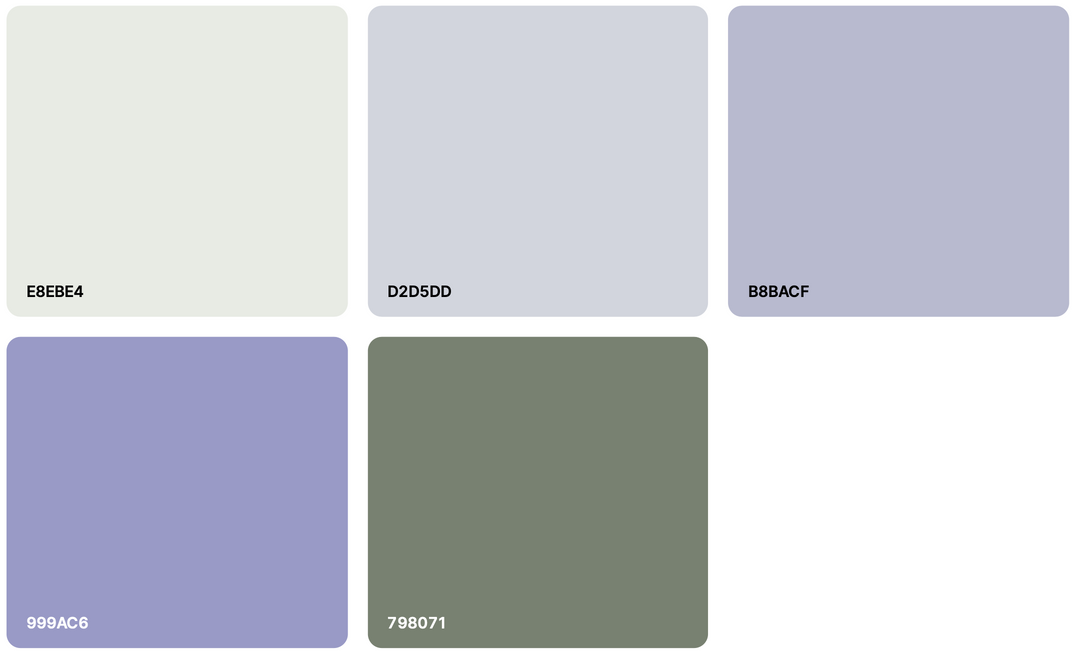
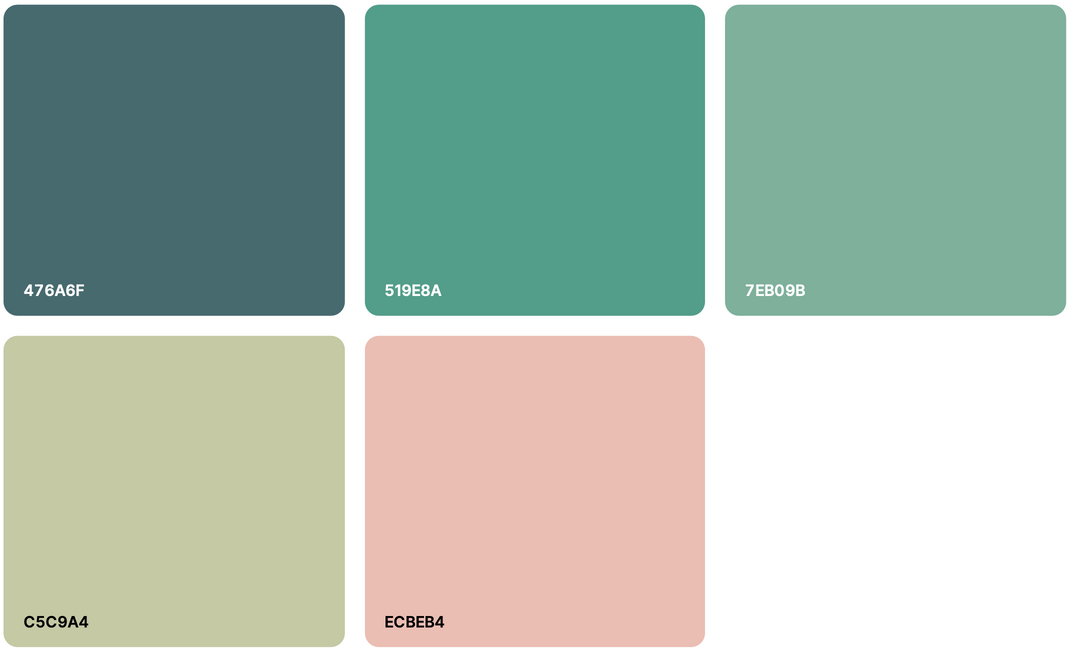
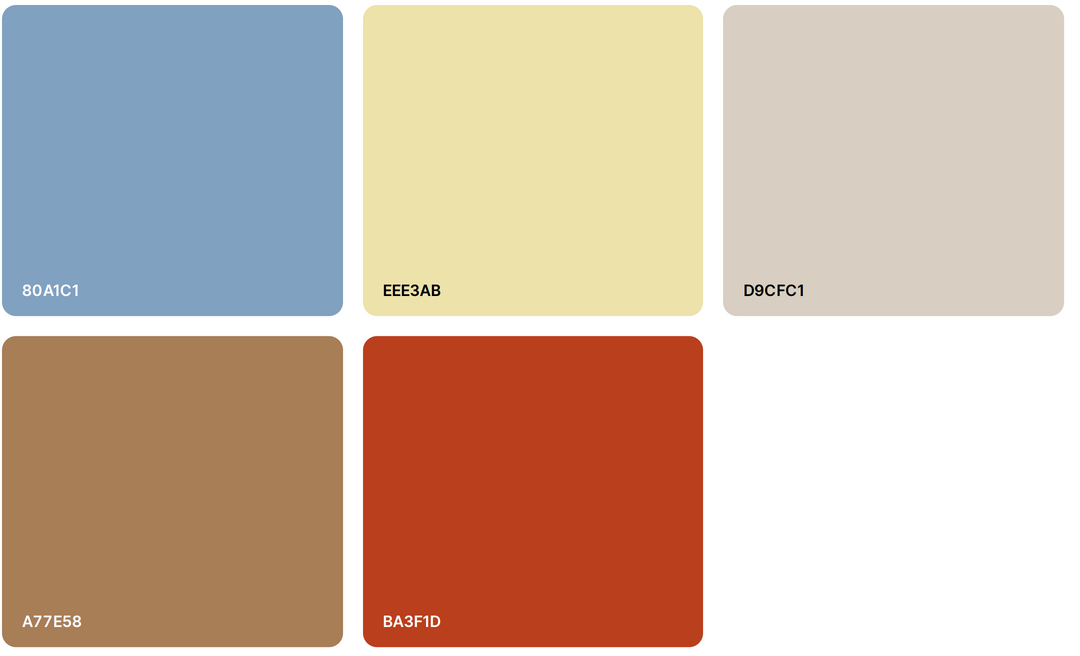
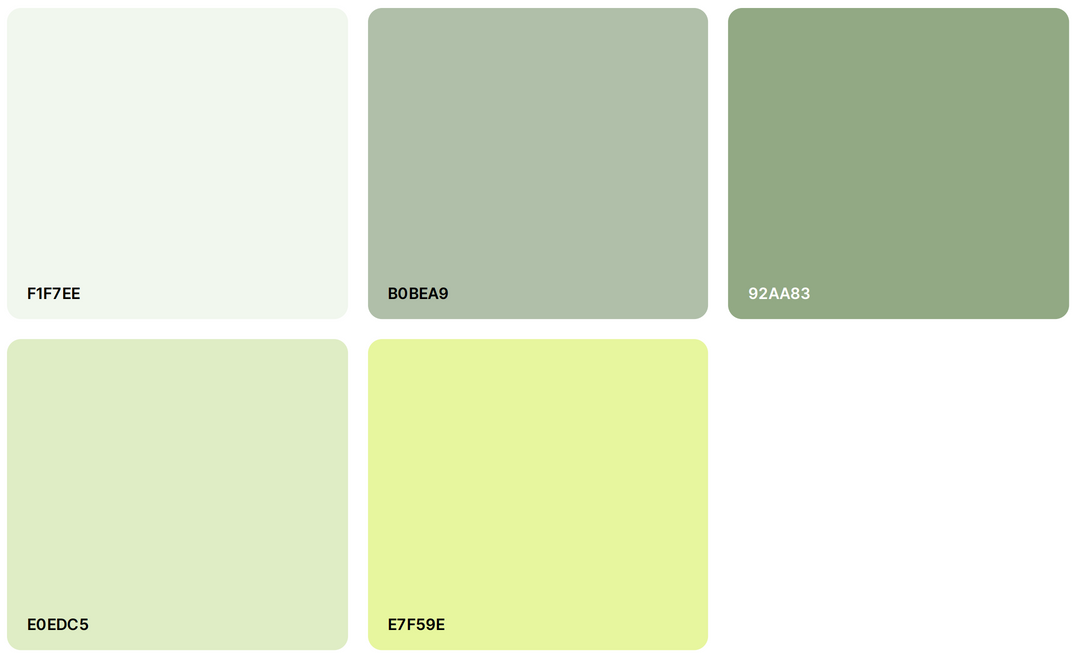
With my color palette chosen, I then went into app mock-ups. As seen in my secondary research, the apps that are already on the market are hyper-feminized and non-inclusive. The language and structure of the apps needed to change to be inclusive to all who menstruate. I decided to narrow down 3 main features within a typical menstrual-tracking application: Sign Up, Period Tracking, and Wellness Content.
Sign up
Gender neutral menstrual tracking is most effective.
period tracking
Simple & Effective
Wellness content
When looking into wellness content, my vision is to have a feed specific to the individual. They will be able to filter out certain content, highlight what they want, etc. This would all be found underneath the Search icon. Almost like an Instagram Explore Page, the more you interact with certain content, your algorithm will start to grow.
works cited
Thompson, Sydney Elizabeth. Leaking the secret: Women's attitudes toward menstruation and menstrual-tracker mobile apps. Diss. Colorado State University, 2016.
Eveleth, R. (2014). How self-tracking apps exclude women. The Atlantic, 15.
Johnston-Robledo, I., & Chrisler, J. C. (2020). The menstrual mark: Menstruation as social stigma. The Palgrave Handbook of critical menstruation studies, 181-199.
Unicef. "FAST FACTS: Nine things you didn’t know about menstruation." Retrieved from web: https://www. unicef. org/press-releases/fast-facts-nine-things-you-didnt-know-aboutmenstruation# _edn2 (2018).
Hohmann-Marriott, Bryndl. "Periods as powerful data: User understandings of menstrual app data and information." New Media & Society (2021): 14614448211040245.